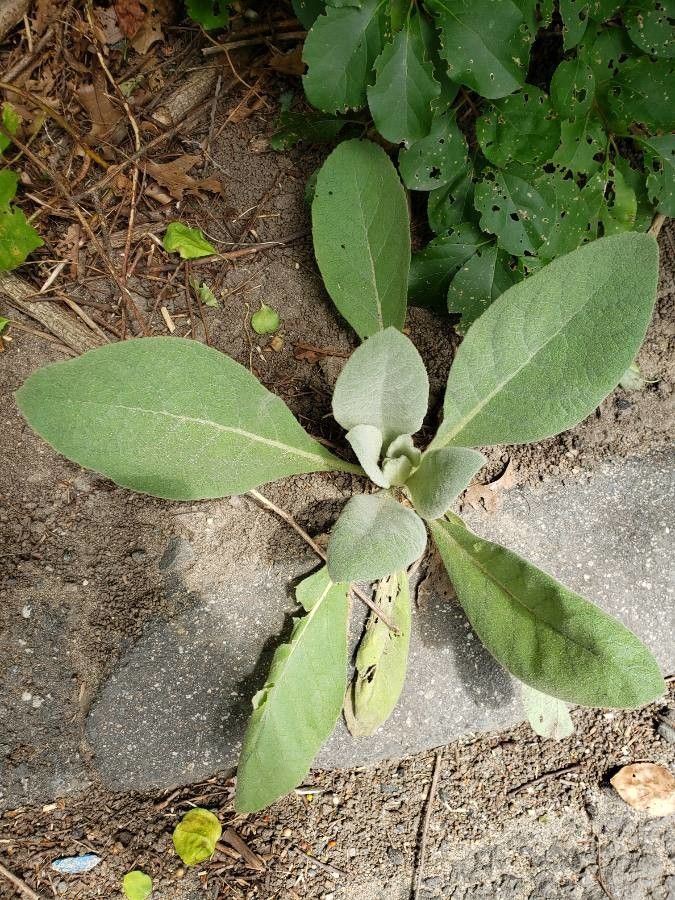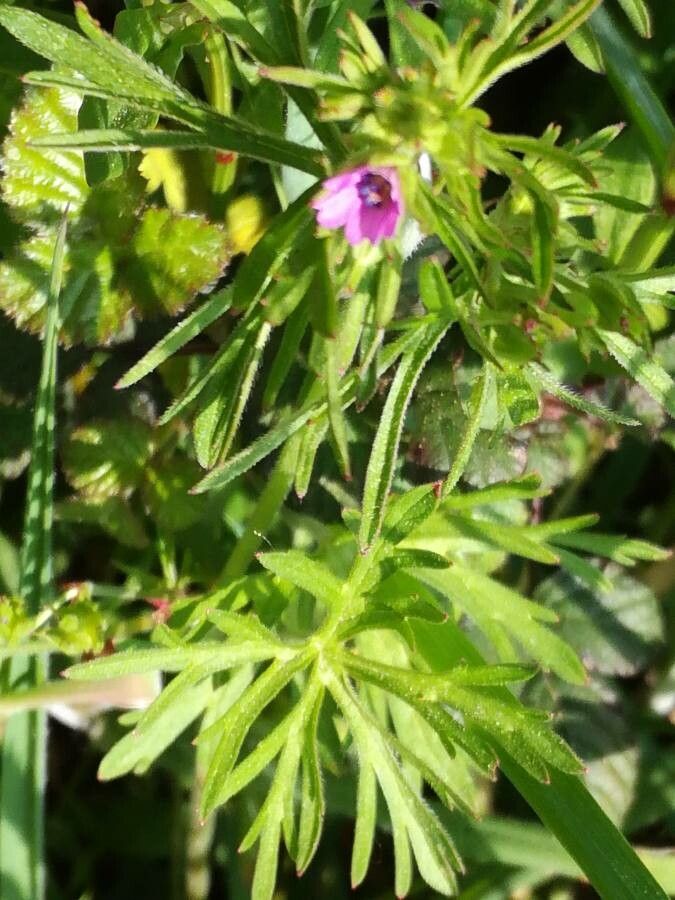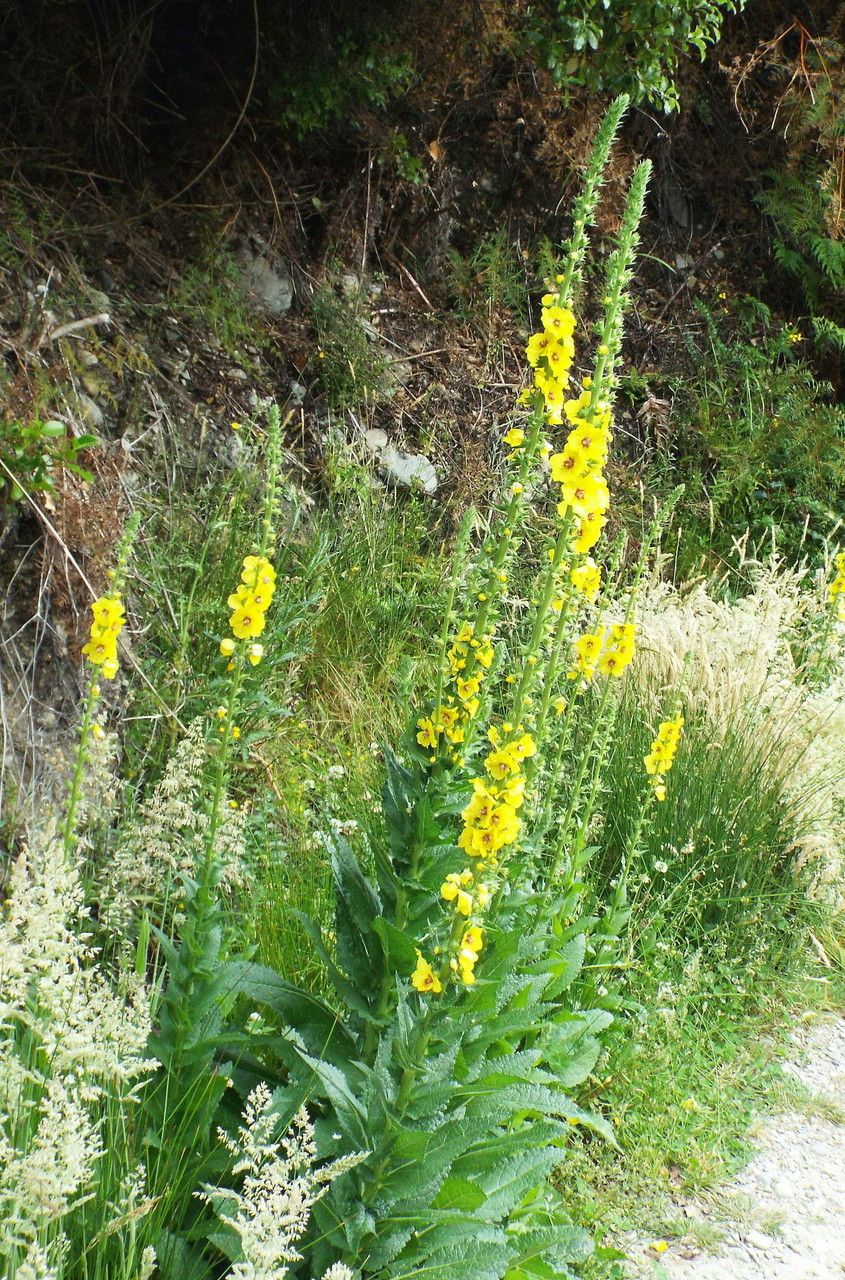## Orange Mullein: A Sun-Loving Delight
Orange mullein ( *Verbascum* species, likely a hybrid or cultivar within the genus) is a captivating biennial or short-lived perennial belonging to the Scrophulariaceae family. Known for its striking, vibrant orange flower spikes, this plant adds a bold statement to any garden or wildflower meadow. While precise species identification can be challenging within the *Verbascum* genus, the information provided here applies to commonly cultivated orange-flowered mulleins.
### Habitat and Growth
Orange mullein thrives in full sun, basking in at least six hours of direct sunlight daily. It's remarkably adaptable, tolerating a wide range of conditions, but prefers well-drained soil. While it can endure some drought, consistent moisture during the growing season promotes robust flowering. The plant typically forms a rosette of leaves in its first year, culminating in a towering flower stalk the following year. After flowering, the plant often dies back, though it may self-seed readily.
### Soil Needs
Orange mullein is not overly demanding regarding soil type. However, it prefers well-drained soil to prevent root rot. Sandy loam or gravelly soils are ideal. Avoid heavy clay soils that retain too much moisture. Amend heavy clay with organic matter like compost to improve drainage and aeration.
### Planting and Propagation
Orange mullein is easily propagated from seed. Sow seeds directly outdoors in spring or fall. For optimal germination, ensure good soil contact. Seeds typically germinate within a few weeks. Alternatively, you can start seeds indoors six to eight weeks before the last expected frost, transplanting seedlings outdoors once the weather warms.
### Care and Maintenance
Once established, orange mullein is relatively low-maintenance. Water regularly during dry periods, particularly during the flowering season. Deadheading spent flower stalks can encourage continued blooming and prevent self-seeding if desired. While generally pest- and disease-resistant, keep an eye out for common garden pests and treat accordingly. Mullein plants are rarely bothered by significant pests.
### Landscape Uses
The striking flower spikes of orange mullein make it a valuable addition to various garden settings. It's a fantastic choice for cottage gardens, wildflower meadows, or as a background plant in mixed borders. Its height and vibrant color make it a focal point in any landscape design. The towering stature can also make it an ideal choice for attracting pollinators such as bees and butterflies.
### Toxicity
While not considered highly toxic, some *Verbascum* species may cause mild skin irritation in sensitive individuals. It is always recommended to practice good garden hygiene and wear gloves when handling plants. Ingestion of large quantities may cause gastrointestinal upset. Keep the plant away from children and pets.
### Conclusion
Orange mullein offers a vibrant splash of color and low-maintenance charm to any garden. With its adaptability and striking flowers, it's a rewarding plant for gardeners of all experience levels. Remember to provide plenty of sunshine and well-drained soil, and enjoy the beauty of this remarkable species!
Orange Mullein: Growing Guide & Care Tips

Frequently Asked Questions
How do I grow orange mullein from seed?
Sow seeds directly outdoors in spring or fall, ensuring good soil contact. Alternatively, start seeds indoors 6-8 weeks before the last frost and transplant seedlings outdoors once the weather warms.
What type of soil does orange mullein need?
Orange mullein prefers well-drained soil. Sandy loam or gravelly soils are ideal. Amend heavy clay soils with compost to improve drainage.


